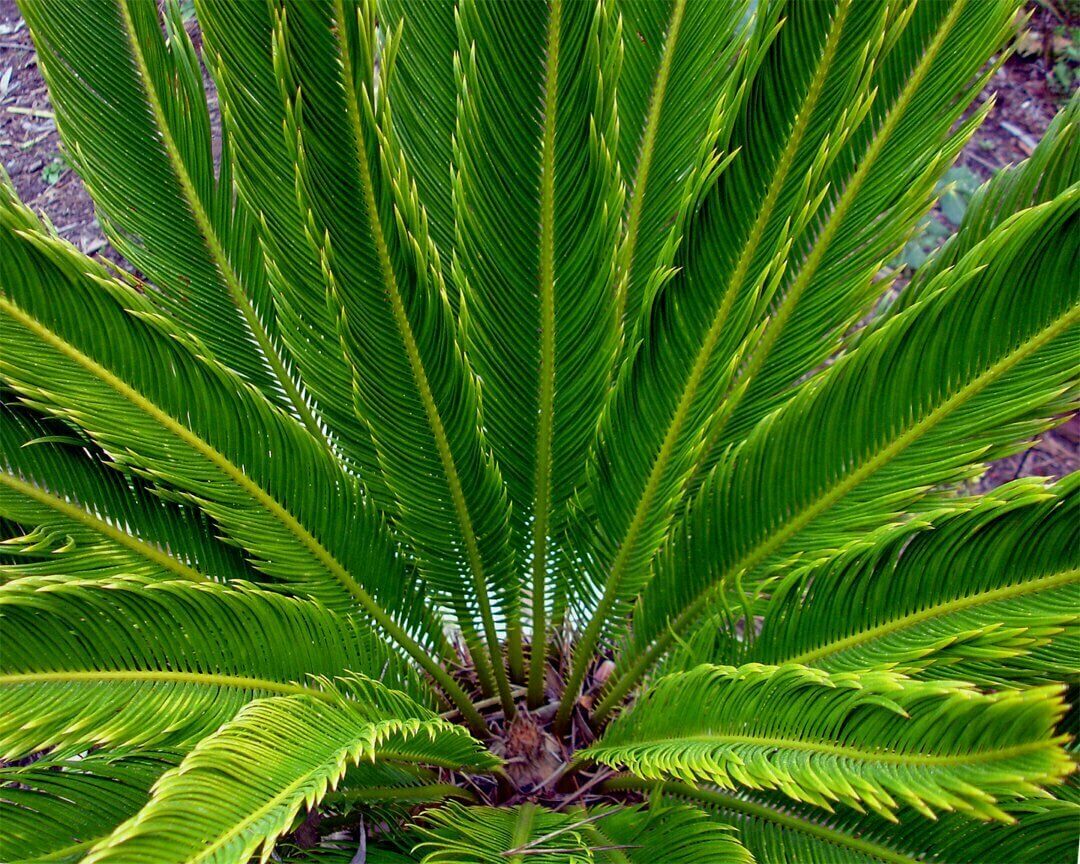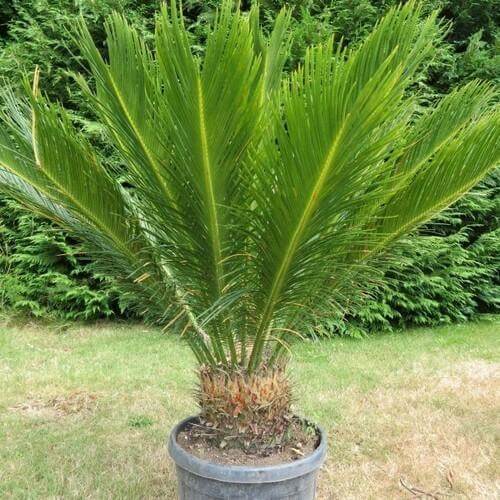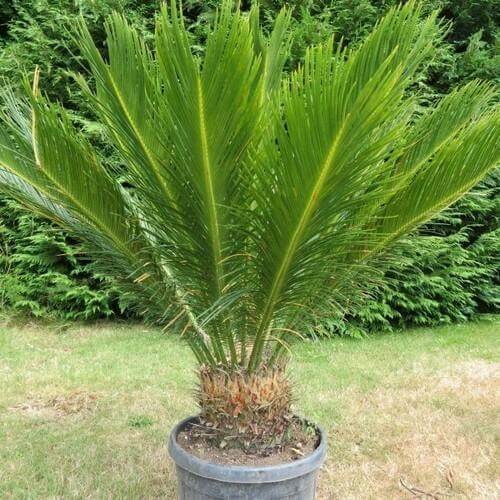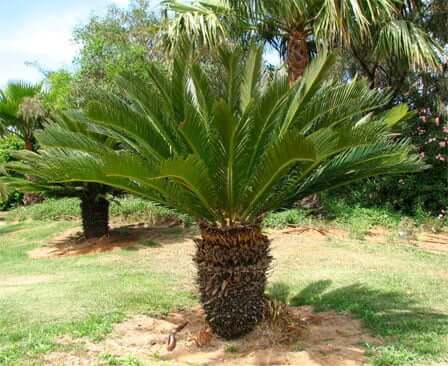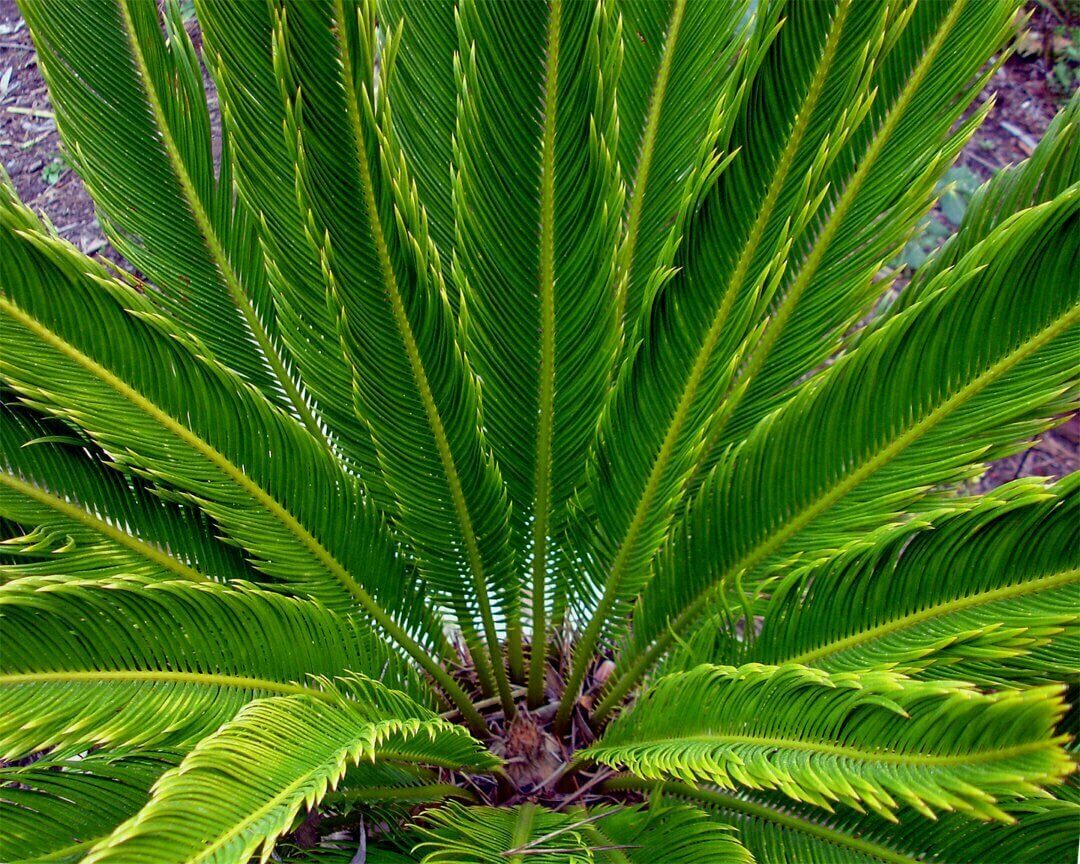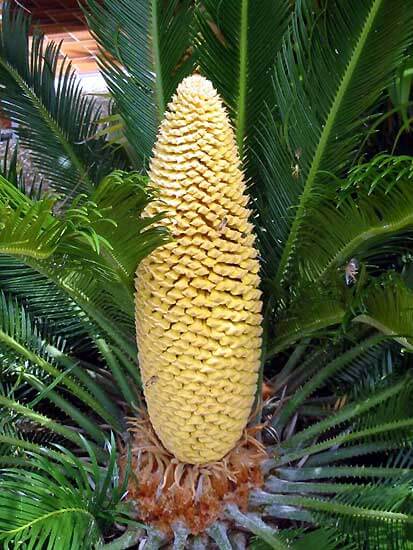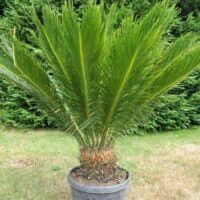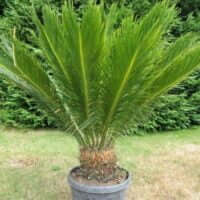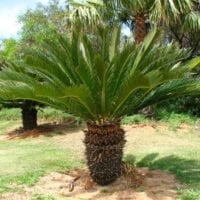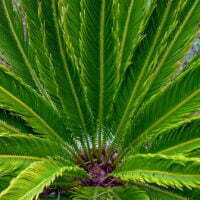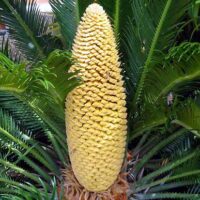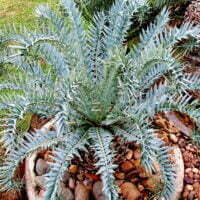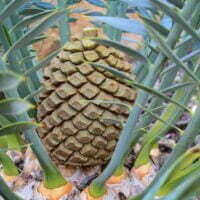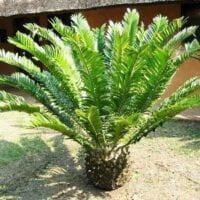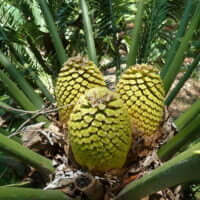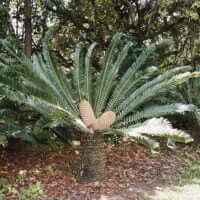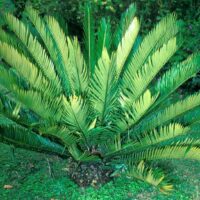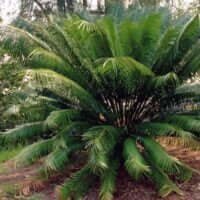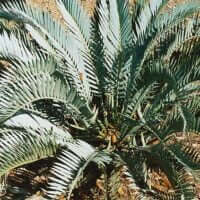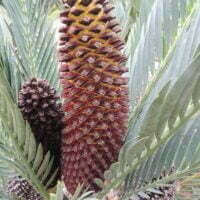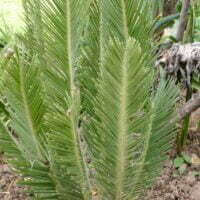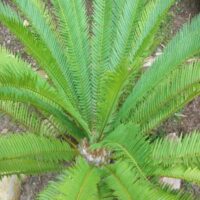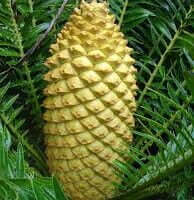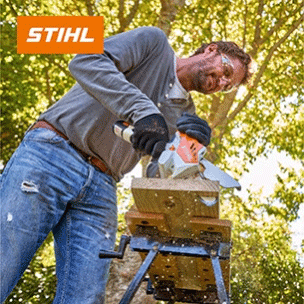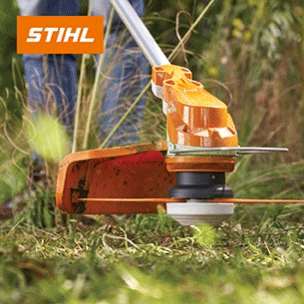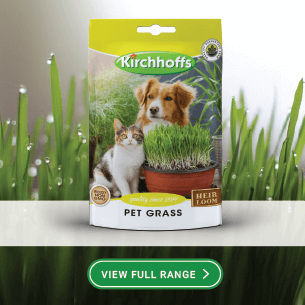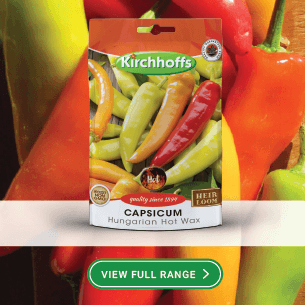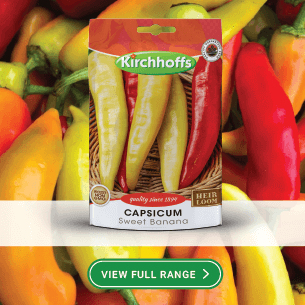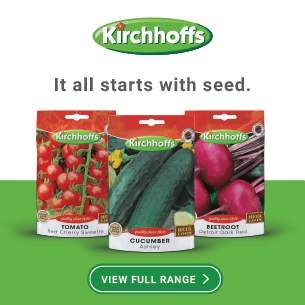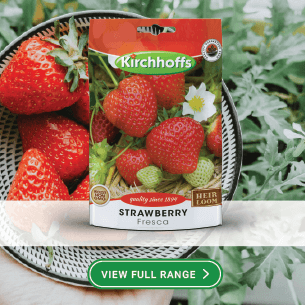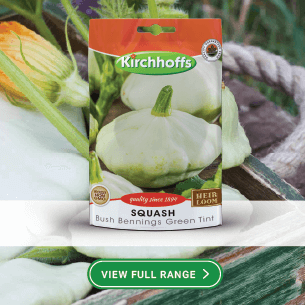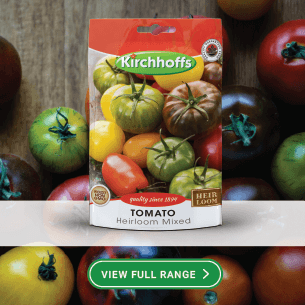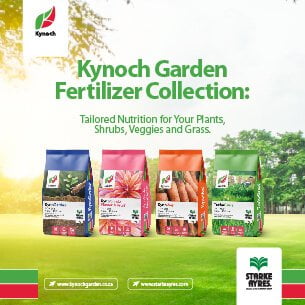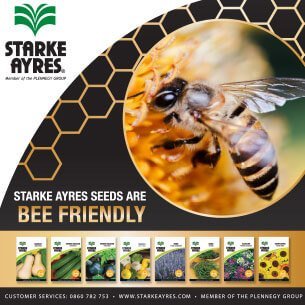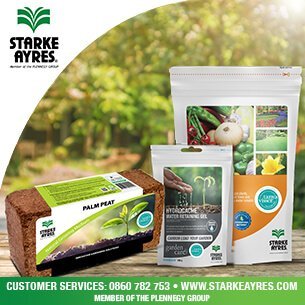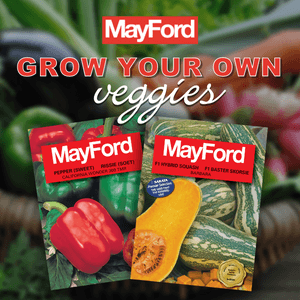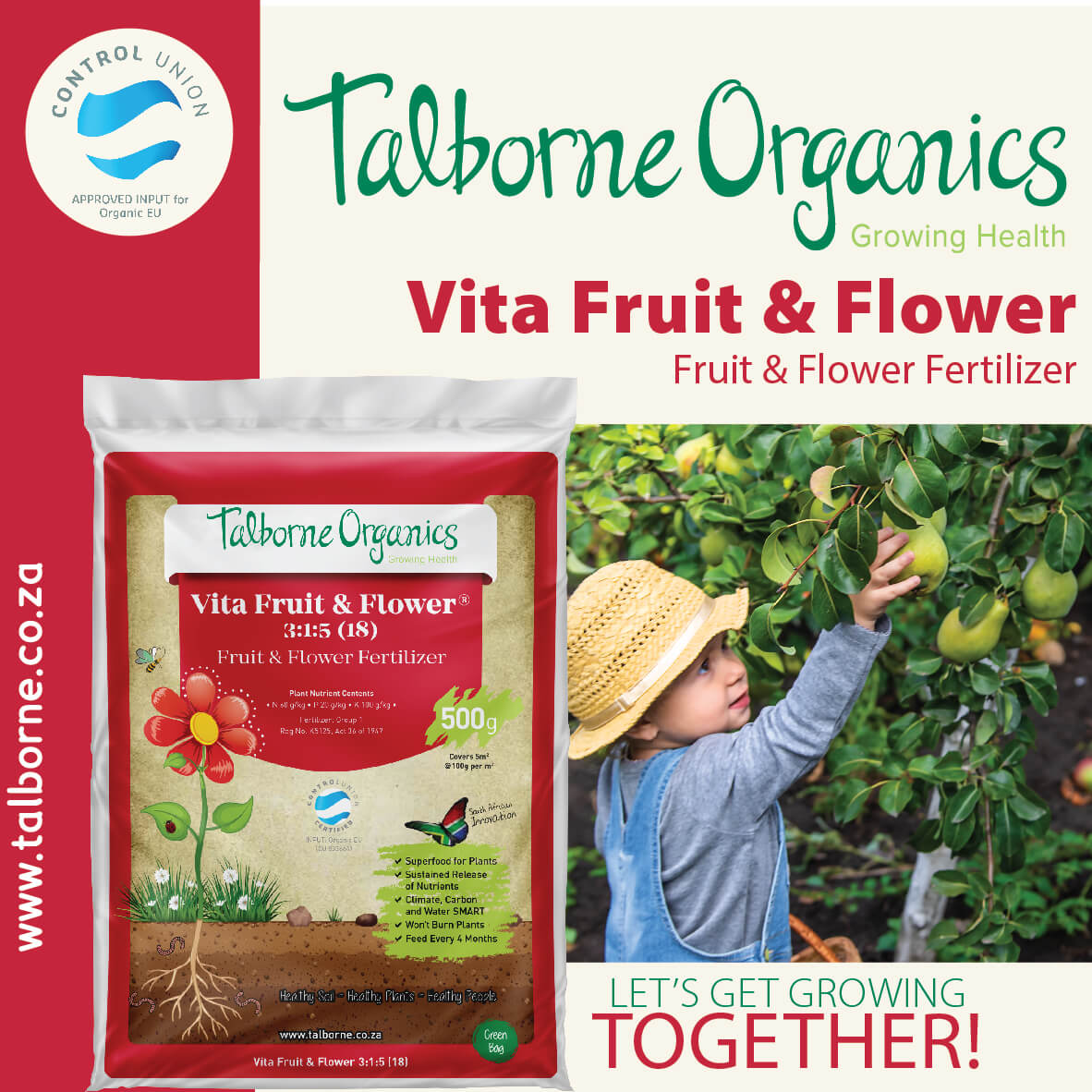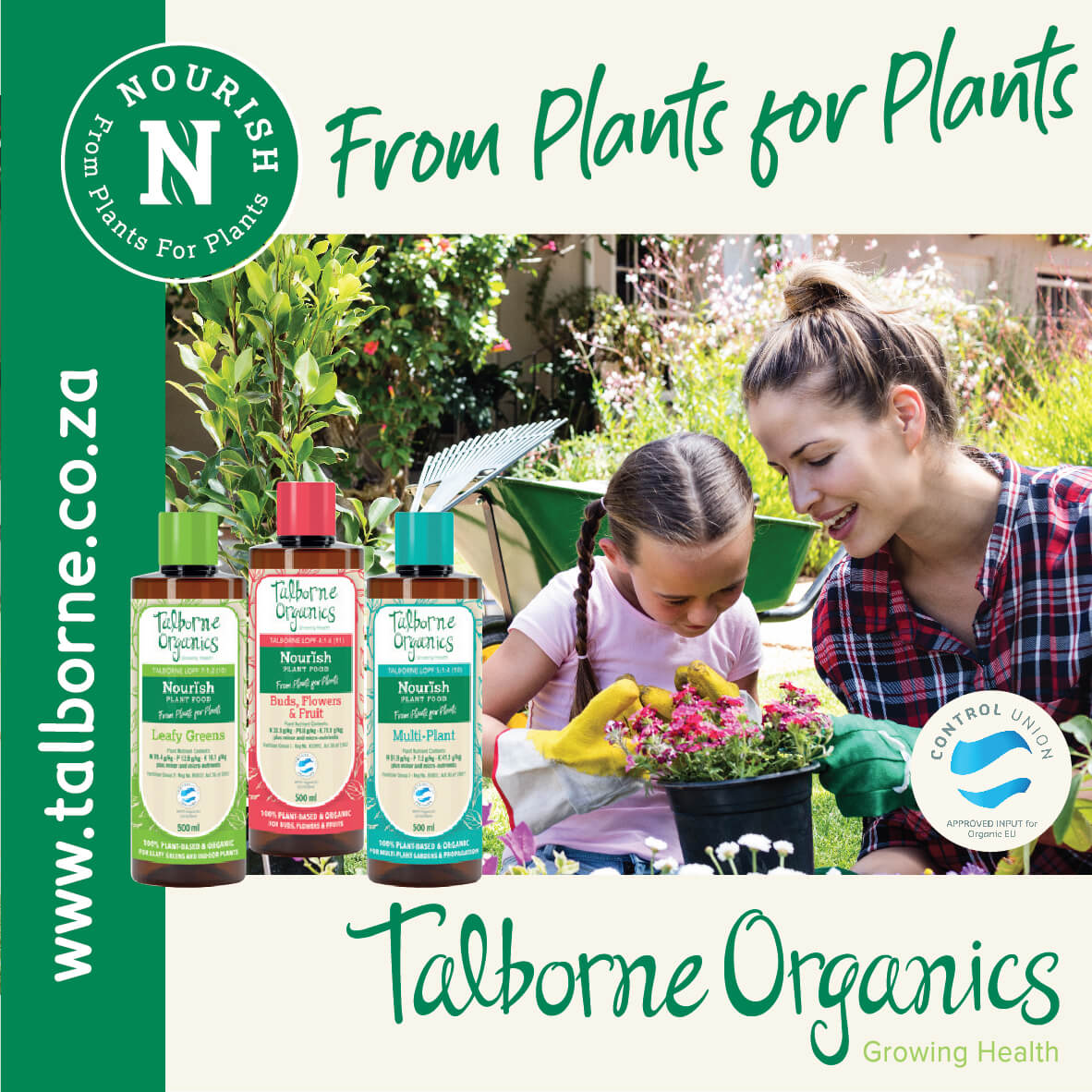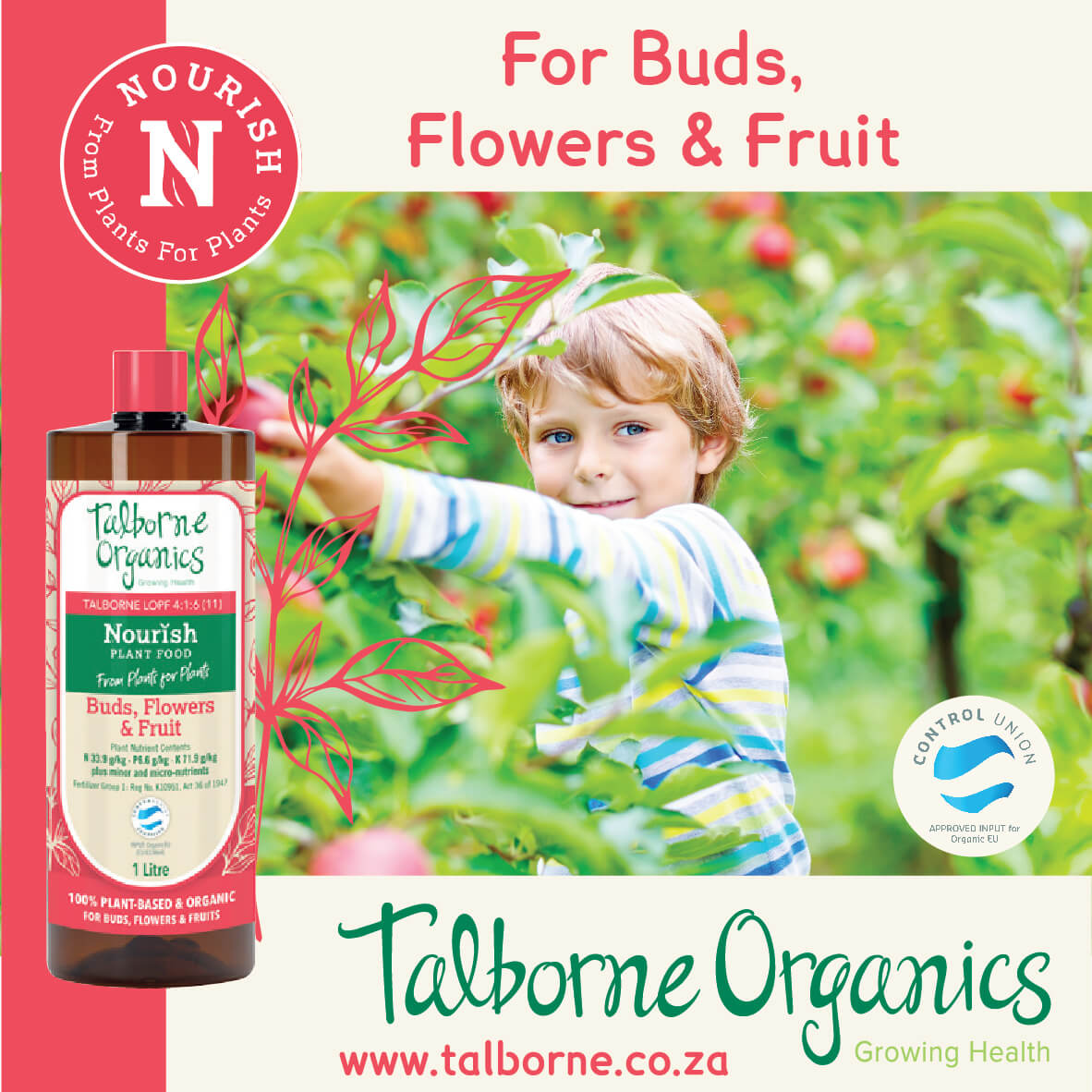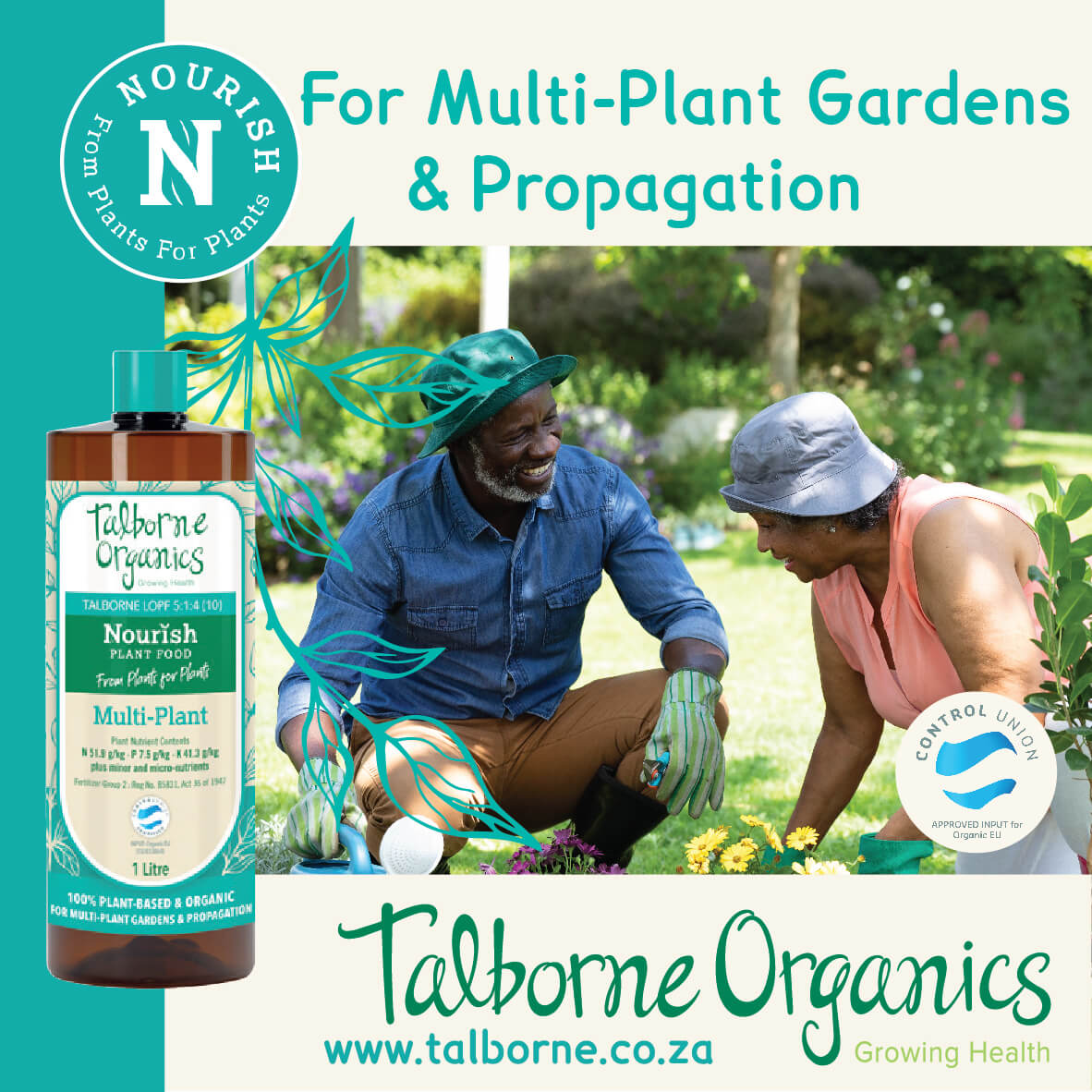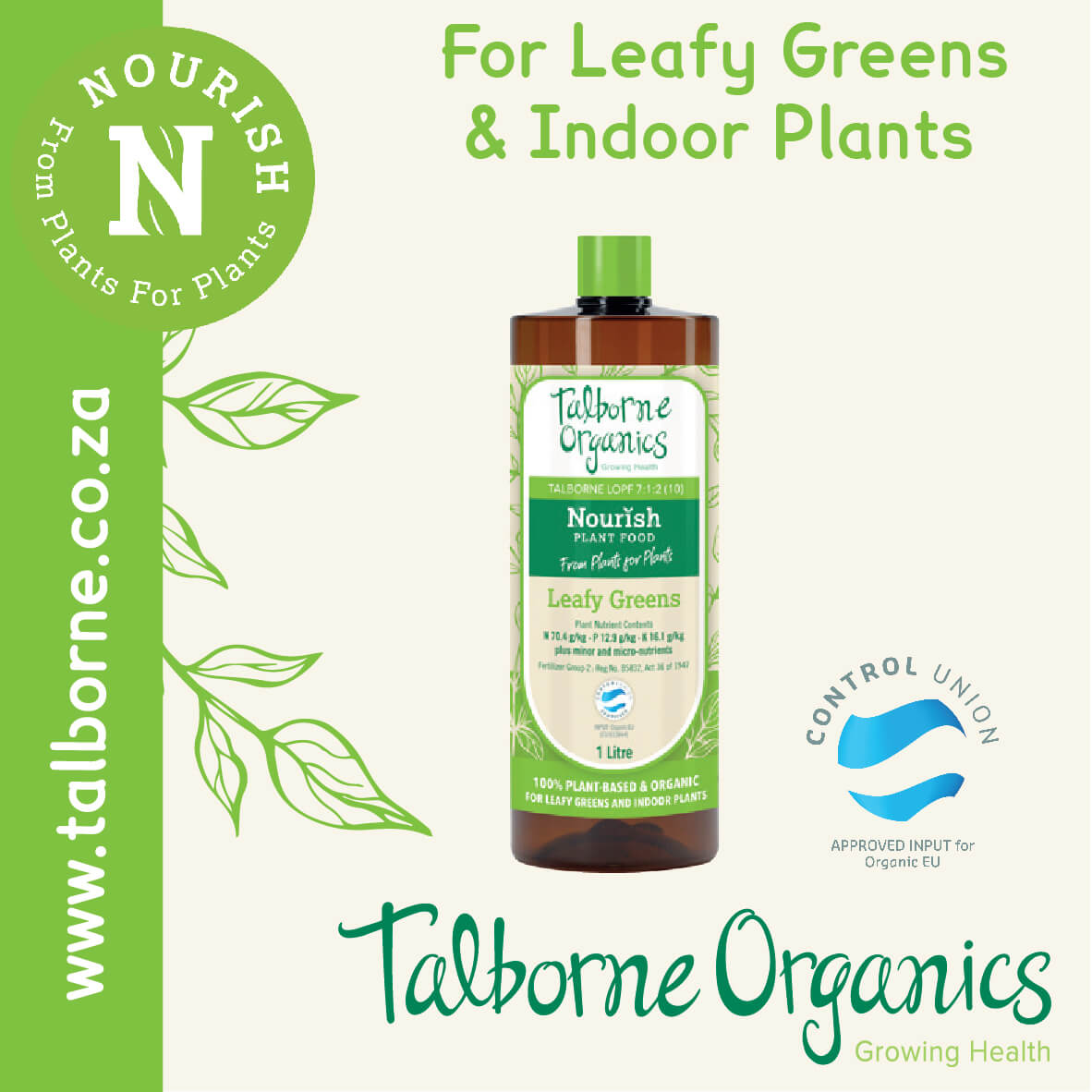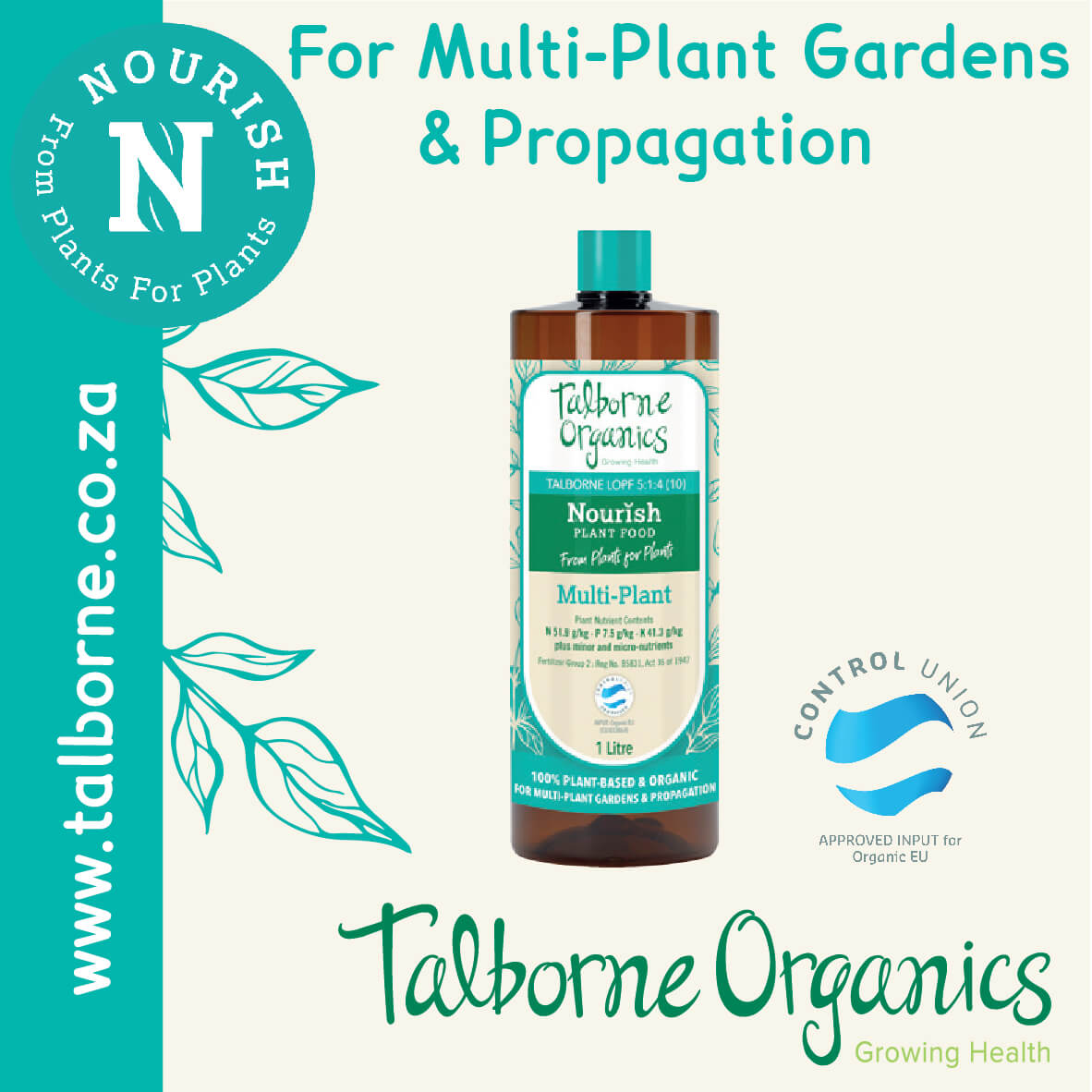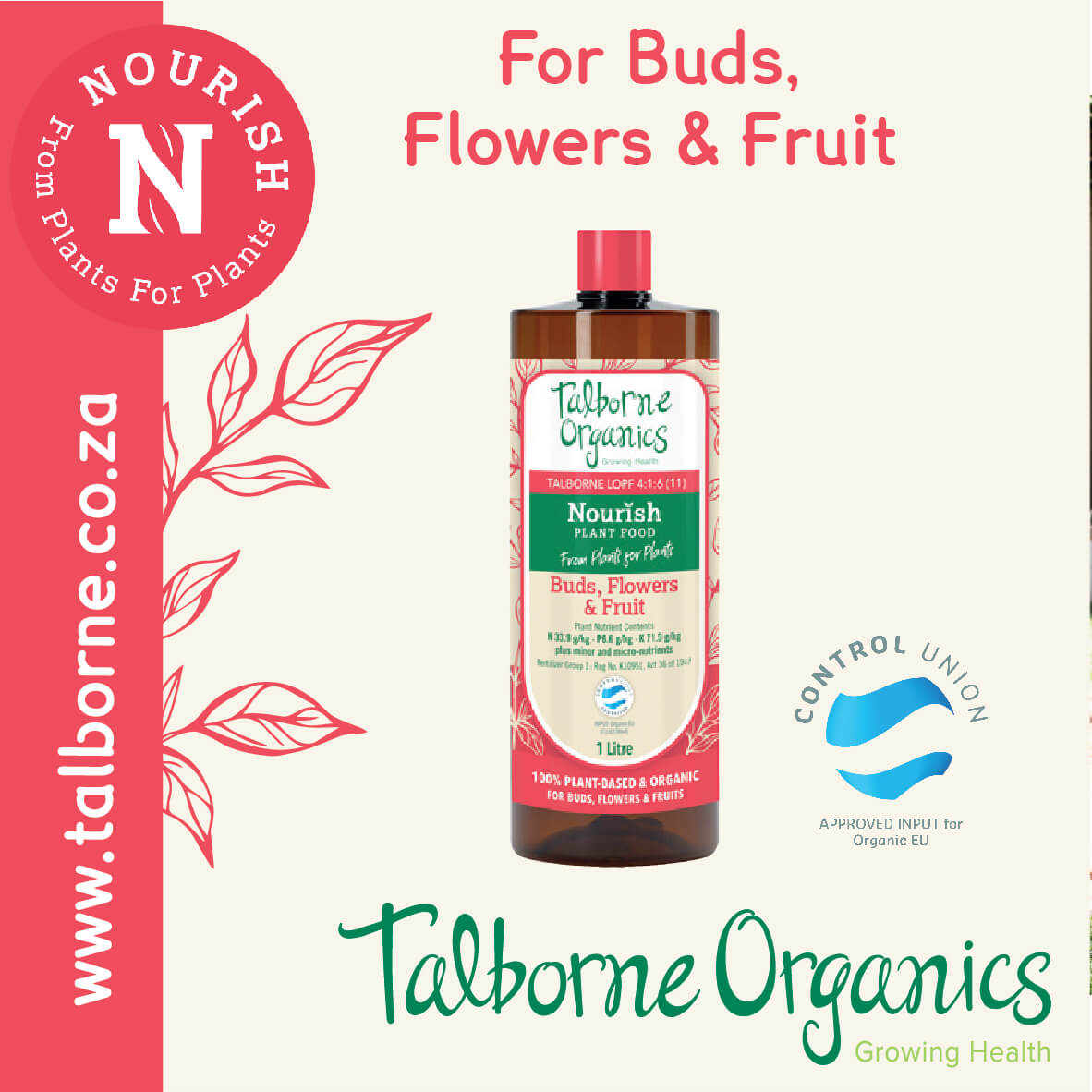| Botanical name | Cycas revoluta |
|---|---|
| Plant Care |  Full Sun Full Sun – Prefers 6 or more hours of sun per day.  Half Sun Half Sun – Prefers 3 To 6 Hours of Sunlight a Day.  Semi Frost Hardy Semi Frost Hardy – Is Able to Survive Moderately Low Temperatures.  Moderate Watering Moderate Watering – Requires Regular Watering.  Low Maintenance Low Maintenance – Requires little maintenance.  Non Indigenous Non Indigenous – Exotic to South Africa. |
| Size | |
| Categories | |
| Common name(s) | Sago palm |
| Foliage | Deep semi glossy, whorled and feathery olive green leaves are produced during the growing season. |
| Uses in landscape design | A great focal plant. Cycas revoluta ads texture to the garden and if used correctly works extremely well around water features. |
| Drought tolerance | High |
| Planting instructions | Planting: It prefers well-drained soil. Dig a hole 60cm square and deep. Mix two thirds of topsoil with one third compost in the bottom of the hole, add a cup of bone meal or superphosphate and mix well. Transplants well in late winter. Remove side-shoots or suckers during late winter and treat wounds with flowers of sulphur to prevent stem rot. |
| Maintenance | Cycas revoluta are extremely low maintenance plants. |
| Soil conditions | Tolerates a variety of well drained soils, but prefers light, pours, fertile soil with adequate drainage. |
| Interesting planting ideas | Works well in containers, provided it receives high light. |
| Interesting info | Edible starch called "sago" can be extracted from the stem of Cycas revoluta. |
| Propagation | Revolutas are the easiest of all cycas to propagate with success. Propagate from viable pollinated seed or suckers. It is advisable to seal the mother plant where the sucker was removed. Plant the seeds as well as the suckers in a sterile well drained medium and do not over water. Check for fungi and rot regularly to ensure success. |
| Possible problems | The sharp leaf tips can become an irritating problem when used to close to path ways, entrances and high traffic areas of the garden. |
| Cone bearing | Cycas revoluta is dioecious which means male and female reproductive parts are on separate plants. Orange coloured oval shaped fruits are protected by a cupper coloured light brown furry structure which is formed within the crown of female plants. |
Cycas revoluta (Sago palm)
- Botanical name: Cycas revoluta
- Common name(s): Sago palm
- Categories: Cycads
Plant description:
This Oriental stunner is undoubtedly one of the finest form plants available for the garden. Its shiny green leaves are neatly and symmetrically arranged around its short trunk. It is a quick grower, producing new leaves up to three times a year. As it is not indigenous, no permit is needed for this member of the cycad family.
Family: Cycadacea
Botanical Pronunciation: SY-kas re-vo-LOO-tuh
Cycas revoluta requirements and features
info on these icons
Moderate Maintenance
Requires moderate maintenance.
Prohibited Use Notice: No Data Scraping Allowed Except for Search Engine Indexing:
The content provided on PlantInfo.co.za is intended for personal, non-commercial use only. Unauthorized extraction, reproduction, or use of the data, including scraping, for any purpose other than search engine indexing is strictly prohibited. Violations of these terms may result in legal action. By accessing and using this website, you agree to comply with these conditions and acknowledge the legal restrictions on the use of our content.
Deep semi glossy, whorled and feathery olive green leaves are produced during the growing season.
